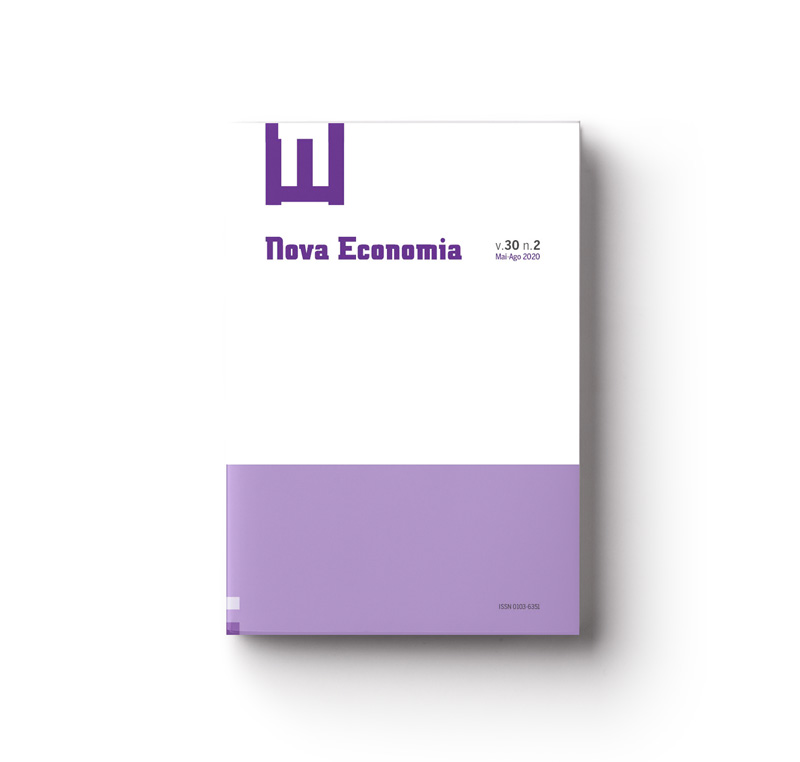Regional concentration patterns of the Brazilian manufacturing industry
Keywords:
Concentração geográfica, Indústria de transformação e Índice de aglomeração.Abstract
The study analyzes changes in regional concentration patterns of the Brazilian manufacturing industry in recent period (2007-2014). By means of a density function F_\gamma estimated from the agglomeration index of Elisson-Glaeser, it was found that the Brazilian industry faces a process of geographical deconcentration that evolves rapidly, around 2.7 % per year, but with varying intensity among sectors and Brazilian macro-regions. Thus, there is a faster process in the North and Northeast, less in the South and Southeast and stagnant in the Midwest, which accentuated the process of regional disparity. The most striking changes occurred in the North and resulted from the poor performance of the capital goods and durables industry, concentrated in the Manaus Free Trade Zone. In the South, geographical deconcentration occurs slowly and evenly across sectors of the manufacturing industry.
Downloads
Published
How to Cite
Issue
Section
License
Copyright (c) 2020 André Luiz Ferreira e Silva

This work is licensed under a Creative Commons Attribution 4.0 International License.
Authors who publish with this journal agree to the following terms:
- Authors retain copyright and grant the journal right of first publication with the work simultaneously licensed under a Creative Commons Attribution 4.0 International License that allows others to share the work with an acknowledgement of the work's authorship and initial publication in this journal.
- Authors are able to enter into separate, additional contractual arrangements for the non-exclusive distribution of the journal's published version of the work (e.g., post it to an institutional repository or publish it in a book), with an acknowledgement of its initial publication in this journal.
- Authors are permitted and encouraged to post their work online (e.g., in institutional repositories or on their website) prior to and during the submission process, as it can lead to productive exchanges, as well as earlier and greater citation of published work (See The Effect of Open Access).




